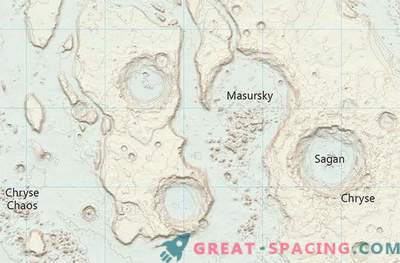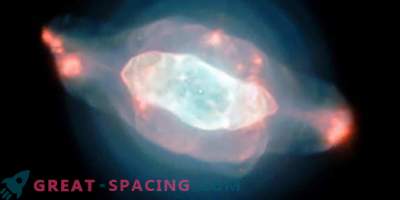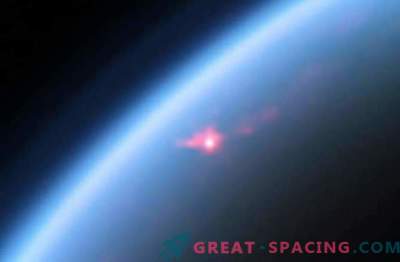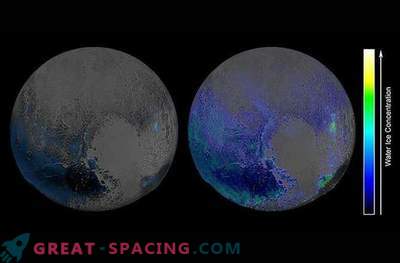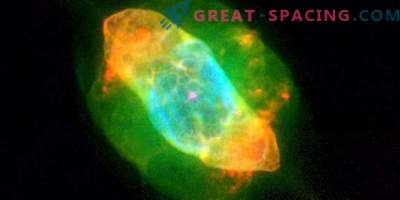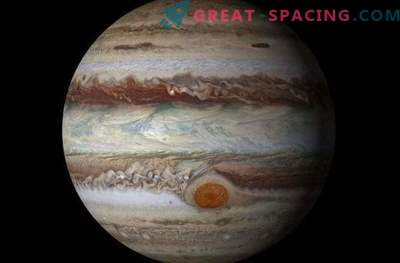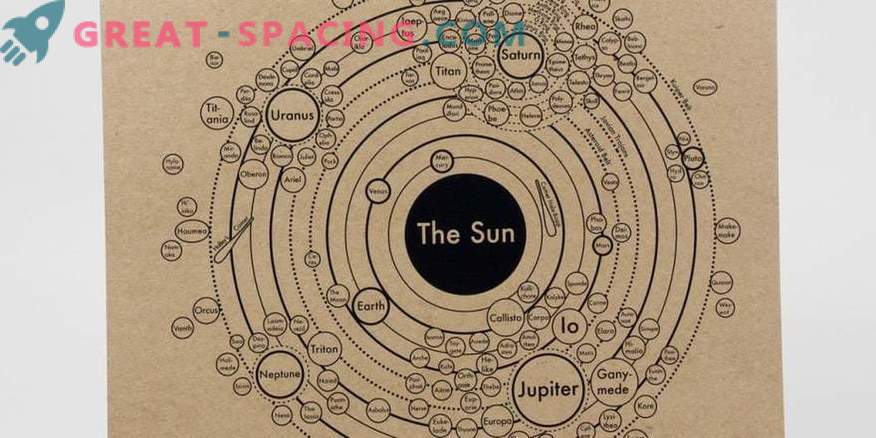
At the European Planetary Scientific Congress 2018 in Berlin, a catalog was presented, which presented an overview of more than 2,200 planetary maps issued worldwide from 1600 to 2018.
The creation of planetary maps began in Europe in the 1600s. Production spread to the United States and the USSR in the 1960s, and then moved to China and Japan. Over time, cartography has become less coordinated and more diverse, so now it is difficult to control the issue of maps in different states. It is necessary to create a common database.

Detailed information on four maps representing planetary maps with different themes, goals, and eras. 1647th: one of the first detailed telescopic maps of the moon with an earthly view. 1824: The first segmented lunar map with topographic details and moon albedo indices using shaded relief. 1960: the first astrogeological map of the moon for planetary mapping. 2016: Charon's map for children To ensure this need, Henrik Hargitai and Mateus Pitur released the open access catalog “International Catalog of Planetary Maps”. Data can be filtered by author, year, country and type. Recent NASA web maps have been organized into groups so that users can examine and analyze planetary surfaces in detail using the Geographic Information System (GIS) tools. Most of the maps in the catalog are represented by Mars (40%) and the Moon (46%). The rest falls on Venus (5%), Mercury (2%) and satellites of Jupiter (4%). Approximately 20% of all maps are geological type — the most complex cartographic analysis.
The catalog is regularly updated with new historical maps and additions. In the future, compilers plan to add maps published in journal articles and digitize maps without GIS formats. Statistical maps have existed for the last 400 years, but soon we can fully switch to digital format.
